This Graduate Visualizes the Past to Create His Future
May 18, 2022
When Michael Chiappone hikes through a Texas landscape, he imagines vegetation greening to include conifers and ferns and stars shifting to a pattern not seen in the night sky for over 100 million years. This is when lumbering, massive sauropods and bipedal, carnivorous theropods trekked along a muddy shoreline, leaving behind trackways that are preserved in the Glen Rose limestone to this day.
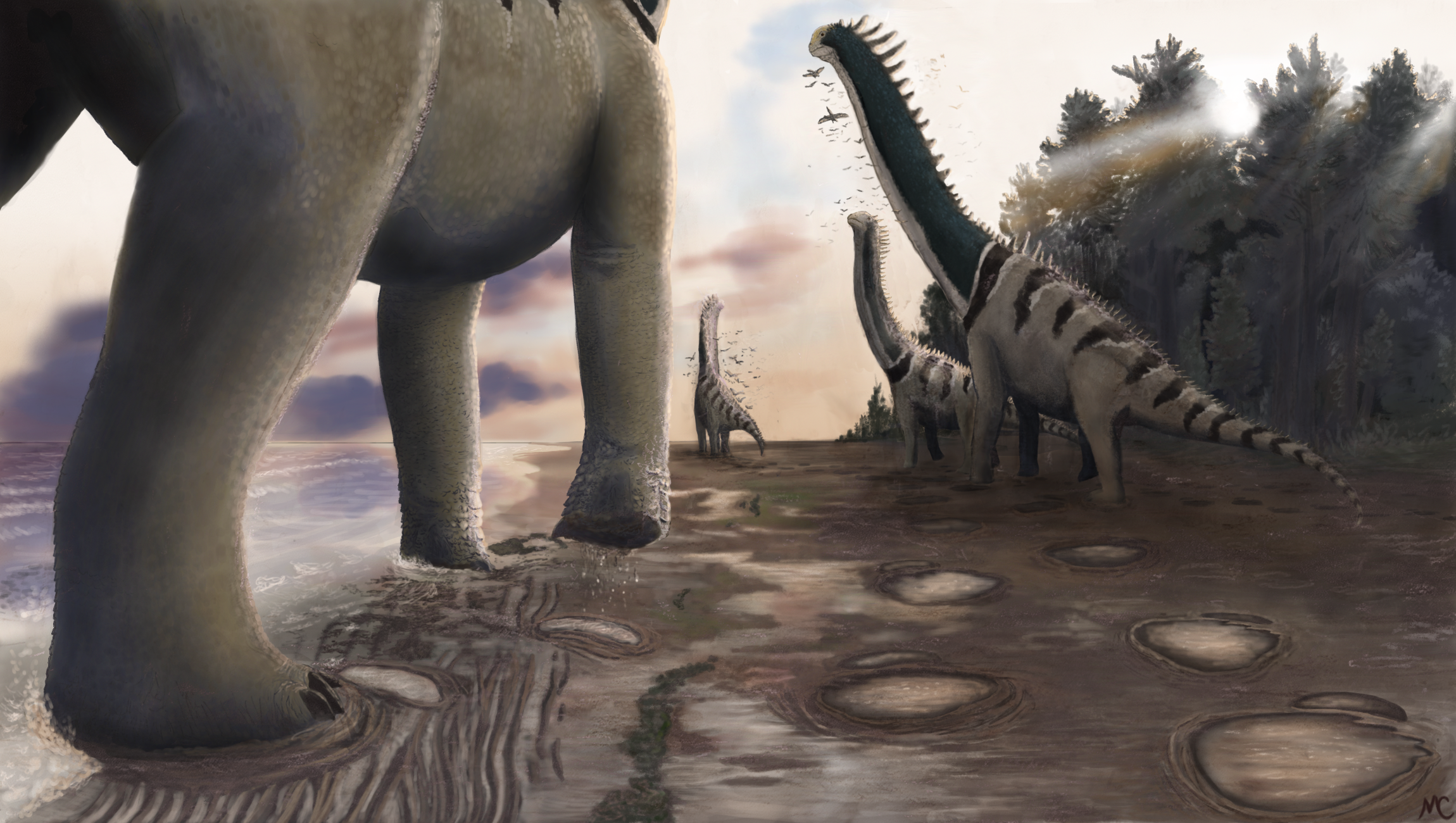
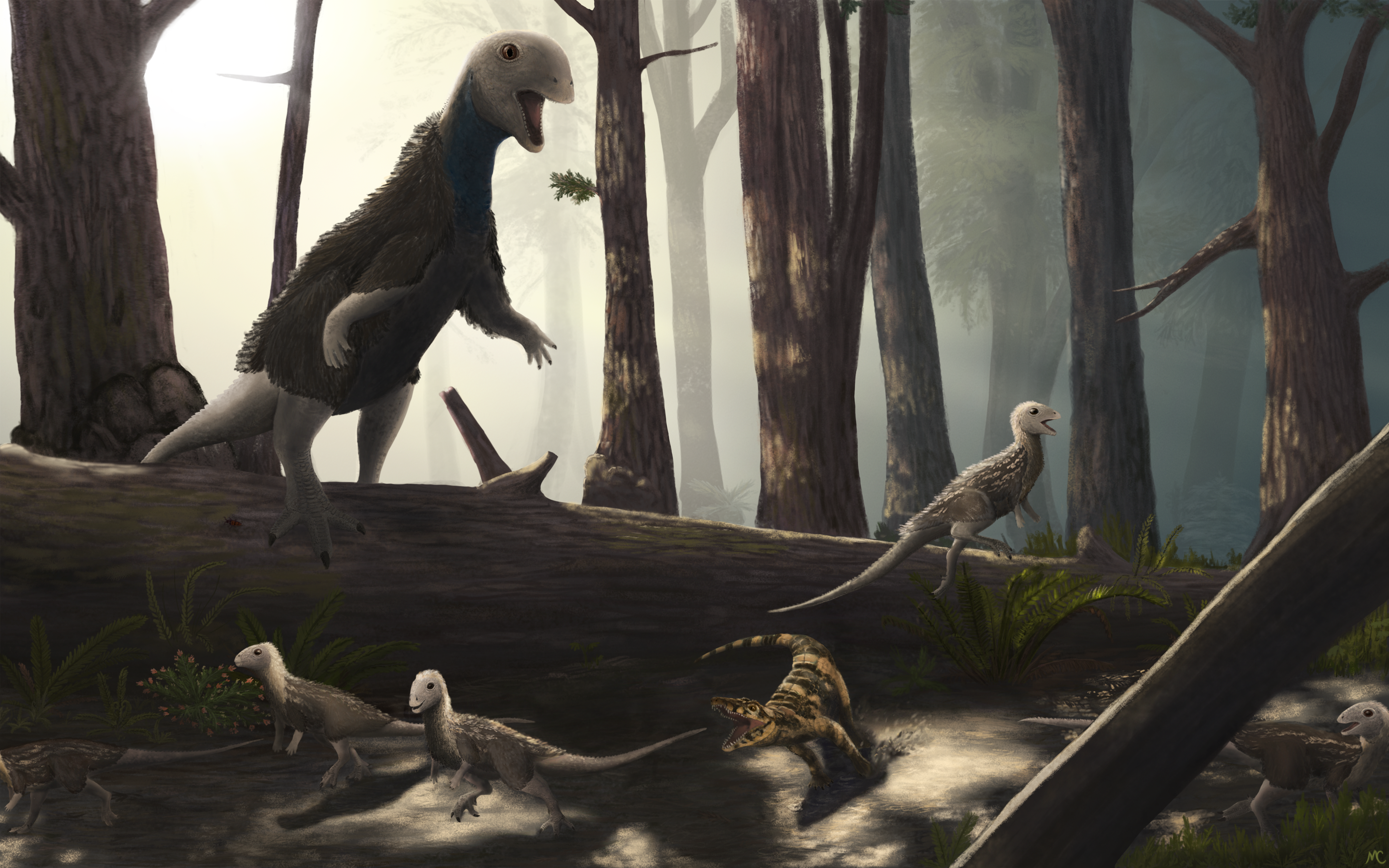
This week, Chiappone will graduate with a Bachelors degree from the Department of Geological Sciences as a Jackson Scholar with a research manuscript under his belt. But, equally importantly, Chiappone spent the last four years developing creative ways to visualize the past and share his excitement about paleontology and ecology with others.
“It is always interesting to find out what places looked like before people set foot there and how it changed and evolved through time,” he said. “When you trace deep history, you can see how the karst limestone in Texas Hill Country formed and how the past influences today’s aquifers,Ashe junipers, and even some of our local endangered birds and salamanders. This is the stuff I love.”
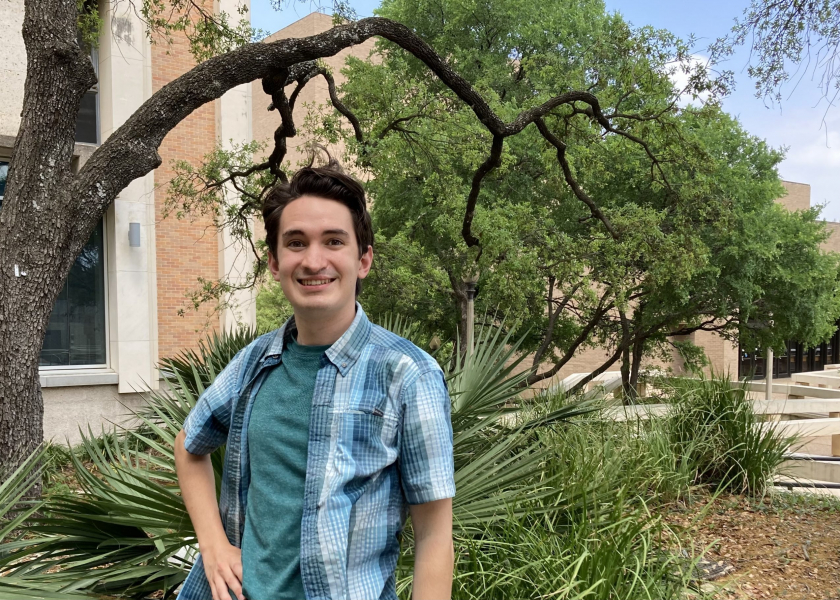
Chiappone grew up all over Texas, eventually settling in Austin for high school. He was a self-described “dinosaur kid” and obsessed with nature; his free time was spent tromping through stream beds to look under rocks and find cool geology and wildlife. In order to share his experiences with others, he turned to photography and soon—to fulfill his quest to visualize the past—was developing techniques to bring past landscapes to life.
His enthusiastic focus on research began in high school when Chiappone started volunteering at the J.J. Pickle Research Campus’ Vertebrate Paleontology Lab. There, he picked up learned the tools needed by paleontologists after field discoveries, including fossil preparation and even dissection of related, living species. While at UT Austin, he joined Julia Clarke’s research group, where he’s been helping examine what living birds can tell us about dinosaur evolution. His focus has been on“basal” birds like ostriches and emus that separated from other modern birds early on the avian evolutionary tree and share some primitive traits with dinosaurs. For his senior thesis — a work currently being prepared for publication — Chiappone examined traits in many of these species using CT scans of the syrinx, which is the unique vocal organ found in birds that allows them to accomplish unusual vocal feats like harmonizing with themselves.
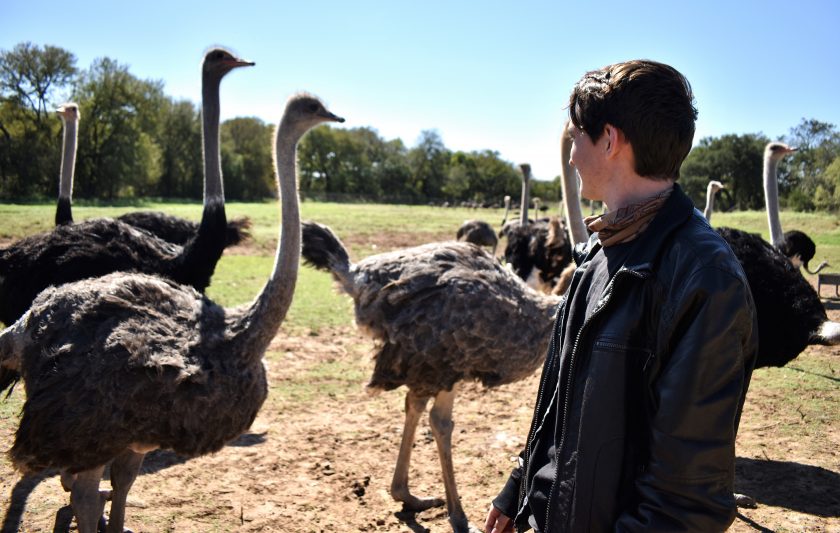
“Michael has been a true joy to have as a scholar in my lab,” said Clarke, a professor in the department. “He may not have imagined when he found his way to my paleontology lab in his freshman year that he would end up comprehensively redescribing the vocal organ and sounds of the ostrich, but his work, shortly to be submitted for publication, is incredible. He is helping revolutionize our understanding of the evolution of bird song.”
Like many undergraduates finishing their degrees this year, Chiappone’s college years were defined by COVID. As part of the Jackson Scholars Program, he did take a field trip to South Dakota where another mentor, Mary Poteet, introduced him briefly to field work and also hooked him on birding. He then spent much of his free time during the pandemic watching and photographing birds in his neighborhood as well as expanding his artistic palette with video and computer illustration to create scientifically-informed reconstructions of ancient worlds. In 2020, he built a full-scale arm puppet of a dinosaur from Alberta and created a nature documentary segment, filming with a friend in East Texas and composing his own score. Chiappone sees art as key to sharing his interest in science with others.
“One of the biggest outreach methods for paleontology—in addition to museums with specimens — is art,” he said.
Chiappone found ways to engage more directly with others by creating a scientific outreach program for high school students. He noticed that his sister and her friends were finding science through a computer screen less than engaging, so he brought his enthusiasm for the geosciences to them. Working with other Jackson Scholars, the team created modules on space, caves, and more to showcase their interests and personal journeys with science. The team hopes to pass the torch of this outreach program to the next group of Jackson Scholars.
“We had a two-pronged goal: get students excited about geology since it is every aspect of how our planet works and get them motivated about opportunities that are out there,” said Chiappone. “I hope that if people better understand the world around us, they will want to better-protect it.”
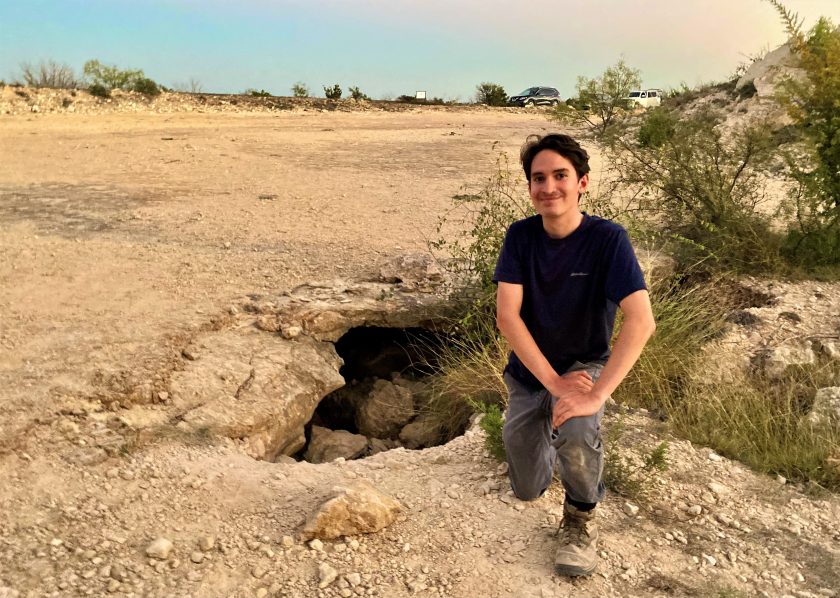
Now that the pandemic restrictions are loosening, Chiappone is gaining field experiences. He recently joined faculty member Chris Bell on a weekend research trip Ozona, Texas where a cave filled with Pleistocene fossils was recently uncovered. And more research is on the horizon at the University of Minnesota starting this fall. There, Chiappone plans to continue outreach as well as develop his own research that will delve into the process of how fossils are preserved.